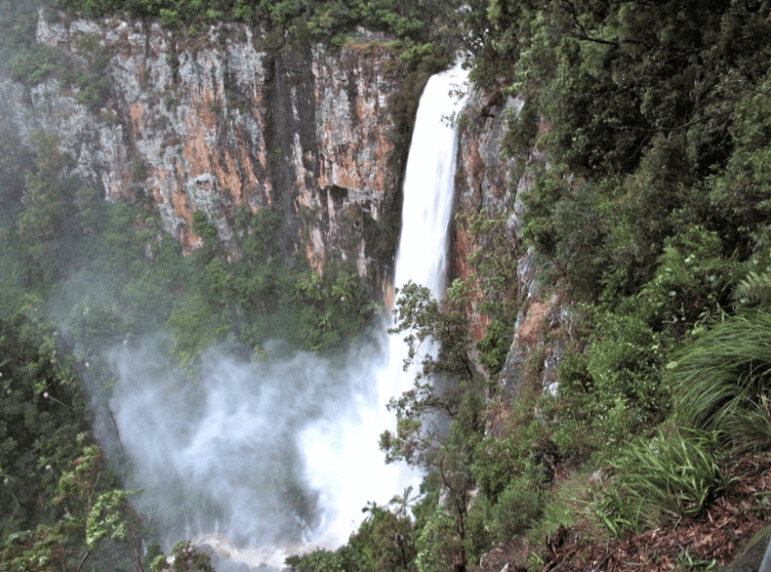
An Interview with Mindahi Bastida: In partnership to protect the sacred
CEE’s Original Caretakers Program Director, Mindahi Bastida is doing work with the kind of care few have patience for. He has a slow pace to his words, and a firm stance. Mindahi never tires of explaining to those he encounters about the preciousness of the water, the sacredness of the land, and the heritage imbued inside the mountains and the earth herself.
What is the initiative you are working on with CEE and UNESCO?
The initiative that CEE is working with UNESCO is the Protection of Biocultural Sacred Sites (BSS) of the world. This effort is being supported by indigenous organizations like Asociación Andes, Parque de la Papa, and other allied organizations such as Forum 21, The Fountain, Unity Earth and the Convergence, among others. This initiative has also been named previously as the Spiritual Reserves of Humanity.
Why is it important at this time?
This initiative is highly important nowadays due to many sacred places in the indigenous territories are facing destruction or desecration.
The sacred places are key to protect life systems and biocultural heritage. The sacred places are special because they provide energetic balance to ancestral territories and also offer protection of one or more elements of life.
How does it augment USESCO’s current process of selecting World Heritage sites?
This initiative strengthens UNESCO work in protecting World Heritage Sites because it gives acknowledgement to Biocultural sacred sites that are being threatened and are meaningful for humans, all beings and life in the planet.
How is this work relevant to the mission of the Center for Earth Ethics?
This work is very relevant to the CEE mission to protect and defend life in the world. The Protection of Biocultural Sacred Sites initiative in the indigenous territories gives the chance to strengthen the biocultural diversity and heritage. Also acknowledge the indigenous peoples spirituality.
Is there a specific goal or timeline you hope to achieve?
By the year 2020 we should have ready the draft proposal to be presented to one or more nation States.
I see that there is a focus on Latin American countries. How might this work impact a similar strategy within the United States? Does this have any bearing on our protection of National Parks?
The focus is because this initiative was born in the Sierra Nevada de Santa Marta in Colombia with spiritual leaders from indigenous peoples mostly from Latin America. We are working in USA and other countries to write declarations towards the need of protecting sacred sites around the world. If there are Sacred Sites in the National Parks they should be acknowledged as Biocultural Sacred Sites.
The public and other organizations can support this important initiative through the Center for Earth Ethics.
